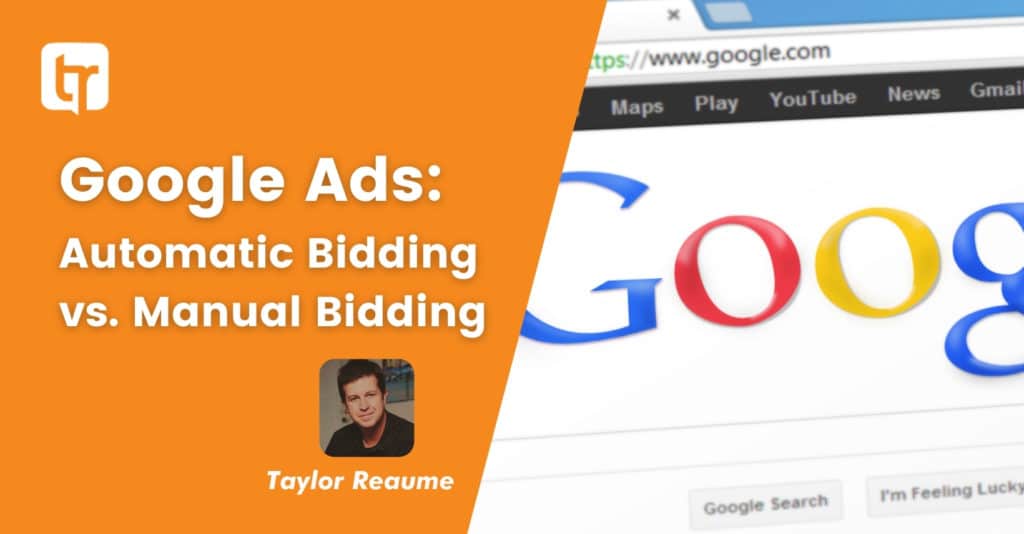Tap Into Fan Power With New YouTube Select Sponsorships
From record-breaking music video releases to never-before-seen conversations with celebrities, YouTube has become the virtual stage for the world’s biggest cultural moments. The top 10 videos from 2020 — reaching a total of 356 million collective views — brought the world together to game, to laugh, to share some good news and so much more.
As home to the content people need and the creators they love, YouTube is where personal meets popular — with fan favorite channels like Naomi Campbell (500,000+ subscribers) and Zach King (10 million+ subscribers). In the U.S., YouTube is the #1 video content provider viewers would miss the most if it was no longer available.1
To help brands engage peak audiences, build association and stay relevant when it matters most, today we’re announcing a bigger, better sponsorship program under YouTube Select in the U.S.
Expanding our YouTube Select sponsorship offering
In addition to longstanding sponsorships available exclusively in the upfront like NFL Game Day All Access, new this year, we’re offering a rolling set of seasonal sponsorships available on a quarterly basis.
Our seasonal sponsorship offering focuses specifically on what’s prominent in culture during that time of year, like Mother’s Day, Summer Wellness or Women in Music during Women’s History Month. And most importantly, the breadth of the seasonal slate means advertisers have a much wider variety of opportunities to celebrate diverse communities and topics, and reach their audiences where they are watching.
See below for a glimpse into some of the most exciting sponsorships coming up, available either upfront or through our new seasonal offering.
The Upfront Slate
Reaching over 30 million views in the 2020 season, NFL Game Day All Access will be returning to YouTube for a third season this fall.2 Streaming exclusively on the NFL YouTube channel, it gives fans an intimate look at the full game day experience, with wired sound from players and coaches. Advertisers will have the opportunity to sponsor the show for multiple episodes during the regular season and postseason.
2020 was the biggest year yet for gaming on YouTube, with 100 billion watch time hours and 40 million+ active gaming channels. Building on this momentum, we’re adding a brand new upfront opportunity with Summer Game Fest — the industry’s first fully digital and global gaming event. We’re also excited to bring back the upfront sponsorship for The Game Awards — one of the biggest nights in the gaming industry that celebrates the biggest achievements of the year, including high share of voice, in-show integration and more.
Additionally, brands will have the opportunity to put on their studio executive hats with YouTube Greenlight. YouTube Greenlight brings a group of emerging YouTube creators together to pitch an original series ideas based on specific advertisers goals. The sponsorship includes a custom creator pitch session, a fully funded creator original series with integrations and paid promotion across YouTube.
The Seasonal Slate
Today, YouTube announced a continued focus on sustainability with new original programming coming later this year. A subset of these shows will be available for sponsorship as part of our Q4 sustainability seasonal package, alongside other opportunities with YouTube creators and content focused on sustainable impact. The sponsorship will be available for companies with strong commitments to building a better planet for everyone.
Additionally, the seasonal state offers new ways to connect with your audience during holidays like Mother’s Day. For Mother’s Day specifically, we’ve seen surges in interest for things like that special gift, the perfect song for mom and more. To help brands align with this moment on YouTube, we’re offering a variety of packages including ownership of top moms’ channel WhatsUpMoms and the ability to build your own high share of voice packages across top mom creator and celebrity channels.
We’re celebrating Black Music Appreciation Month with three different Black Music Month packages in June. Each sponsorship includes high share of voice across relevant playlists like R&B Wave or Essential 00’s Hip Hop, added value components and ownership of top channels like Joe Budden TV.
How advertisers are tapping into moments that matter most on YouTube
Mediacom partnered with their client and YouTube to honor women’s history through the lens of music. The partnership included development of custom creative assets to celebrate women’s history, plus 100% share of voice of contextual environments like Women’s History Month music playlists and the GRAMMY’s channel, which featured a Women in the Mix special.
Angelina Kim, Senior Partner & Group Director, Mediacom, said “This was an important opportunity to help our client connect with their audience, and drive engagement with the brand in the moments that matter most — all creatives drove significant increases in awareness and message association.”
The sponsorships shared today are just a sampling of what’s available. Reach out to your Google sales team to learn more about YouTube Select sponsorships available in the upfront, and throughout the year.
1. Google/Talkshoppe, US, whyVideo study, n=2003 A18-64 Genpop video users, June 2020.
2. YouTube Data, Sep 2020 – Mar 2021
Source: Official Google Webmasters Blog


